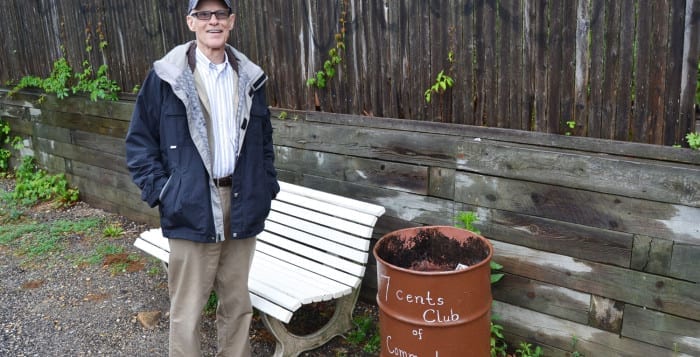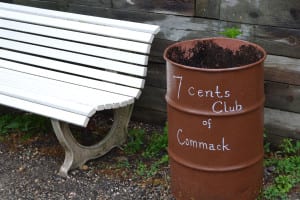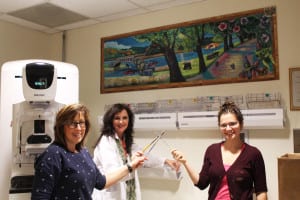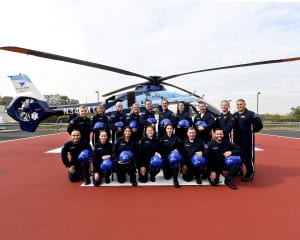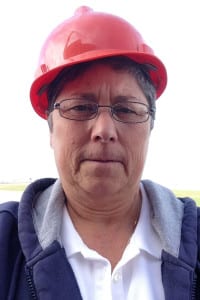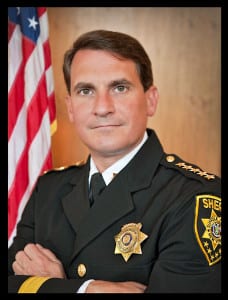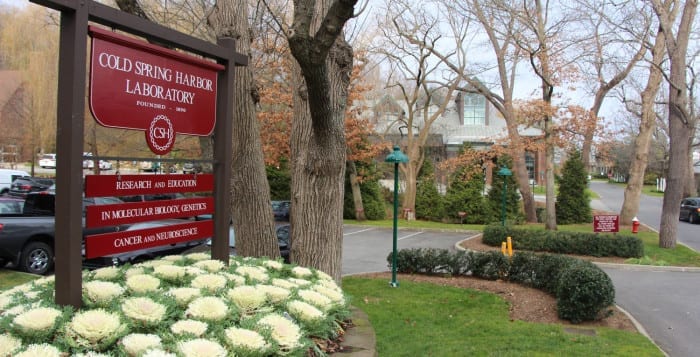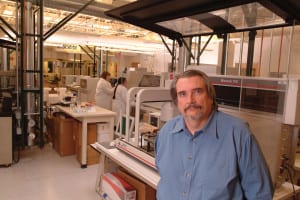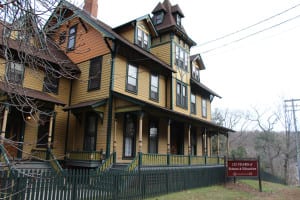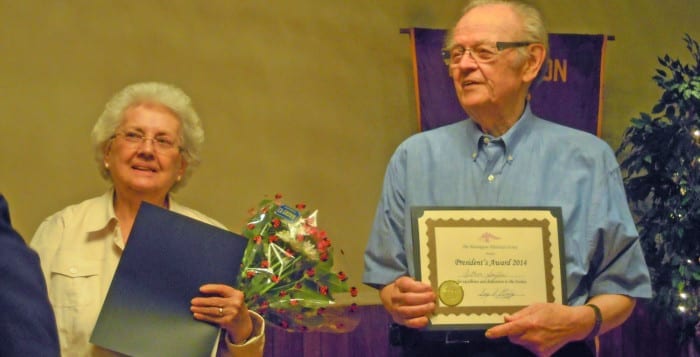With the first deer-hunting season in Eaton’s Neck coming to a close, Huntington residents and town board officials are evaluating if the new bow hunting rules are a success.
Huntington Town spokesperson A.J. Carter said in a phone interview that the board plans to gather different viewpoints and “assess what to do going forward,” to see if the town achieved its stated goal of cutting down the deer population.
The board voted to allow bow hunting of deer in early September, amending the town code to allow it in Eaton’s Neck under the direction of the New York State Department of Environmental Conservation during the state’s deer hunting season, between Oct. 1 to Jan. 31.
Joe DeRosa, an Eaton’s Neck resident and president of the civic group Eaton’s Neck Corporation, said he thinks this season has gone well.

According to DeRosa, the community has hunted and removed more than 60 deer — and residents have noticed a difference.
“During the day, you don’t see too many deer at all,” DeRosa said in a phone interview. “The number of sightings has drastically declined since this time last year.”
DeRosa said his expectations for the town measure have been met.
Some residents do not share that sentiment.
A petition on activism website Change.org, created in November, now has more than 500 supporters who want the Huntington Town Board to stop allowing hunting in residential areas. The petition expressed safety concerns from neighbors who have hunters on adjacent lots acting close to their own properties.
“These deer slayers now roam freely in the Town of Huntington with no enforced restrictions, regulations or policing of any kind,” the petition states. “They come and go, killing and wounding at will.”
When the law passed in September, Supervisor Frank Petrone (D) said measures would be taken so “it’s not just ‘Joe the hunter’ coming in.”
According to the resolution, anyone with a DEC permit can hunt on their own Eaton’s Neck property or on such a property where they have the owner’s consent.
DeRosa said residents were advised to call the Suffolk County Police Department with any complaints or concerns they had after the law was enacted, but neither a police spokesperson nor a DEC spokesperson could immediately confirm whether their departments received any complaints.
Many of the people who signed the petition are not actually from the Huntington area, with some living as far as Delaware and Pennsylvania.
DeRosa said the petition does not reflect the overall consensus of the community.
The Eaton’s Neck Corporation conducted a resident survey earlier this year, before the town took action, and more than 85 percent wanted something done about the perceived overpopulation of deer in their area, according to DeRosa.
“The community asked for help and they got what they wanted,” he said. “This is a community effort.”
The issue was a hot debate in the summer and fall, with many people concerned about the traffic danger deer posed as well as the threat of spreading Lyme disease.
In addition to the bow hunting law, the town board created a deer management program to research alternative methods of lowering the deer population, such as contraceptives or herding programs. Carter said that program is still in the early stages of development.



